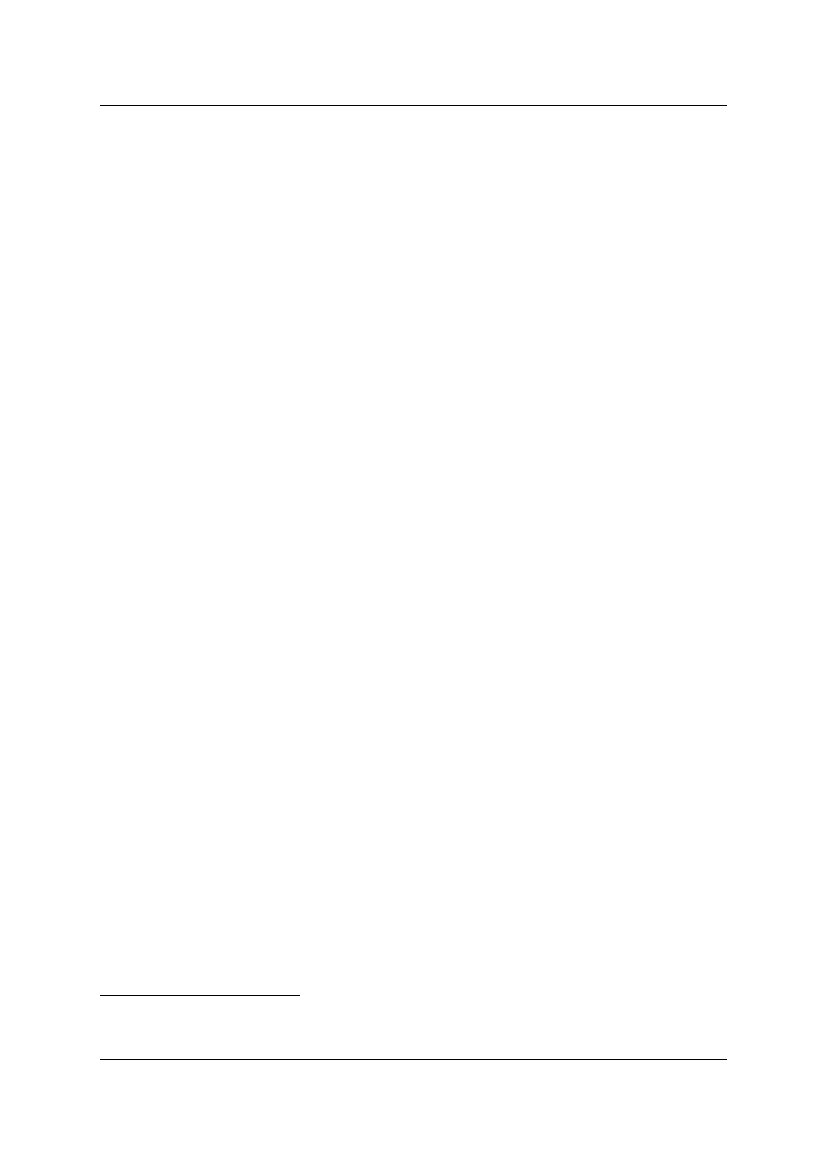
Intermediate Equipment Handbook
Intech Associates
The system allows the owner/user to make assumptions regarding the many variables
affecting the cost of a piece of equipment. It must be appreciated that the ACTUAL
overall costs will not be known until the day the piece of equipment is actually sold or
scrapped (IF adequate records have been kept throughout the equipment ownership).
Costing therefore depends on good record keeping and a realistic appreciation and
assessment of a range of important historical, current and future factors.
The system intends to highlight the real costs of financing and ownership which are
neglected in many equipment management systems, and which can dwarf operating
costs in a high-cost-finance environment; thus possibly adversely affecting
management decisions on choice of technology or equipment. Whereas finance may be
obtainable at about 10% (or less) per annum in economically developed countries, they
may be many times higher in developing economies6.
Failure to take sufficient account of and provision for financing and ownership costs will
ultimately lead to severe problems when it becomes necessary to replace the
equipment.
Costs are particularly sensitive to annual utilisation as Tables A & B show in the Cost
Models in PART 2. Whereas many equipment items are designed to achieve annual
utilisation of 1,000 to 2,000 hours of work for economic ownership, significantly lower
utilisation can be extremely expensive and un-economic. The costing system
demonstrates that for most road works in developing countries the operating
environment is particularly unfavourable to the use of sophisticated plant.
The costing system should allow contractors to quickly assess the effects of various
assumptions or scenarios and how this will affect their income, outgoings and profits.
For small or unpowered items of equipment a daily, rather than hourly, cost rate is
appropriate throughout the calculations. All cost sheets end up with a calculated daily
rate. The following instructions are detailed for calculations based initially on an hourly
cost rate.
To carry out the costing exercise, the following input data is required:
Equipment Item procurement cost (New or second hand)
Expected duration of ownership in years (economic life)
Expected value on disposal after ownership, or scrap value
Expected annual productive utilisation (in hours or days)
Assumed number of productive hours utilisation per day (except small items)
Finance or Opportunity Cost of capital deployed (as an annual interest rate)
Estimate or record of value of spares consumed per year for the equipment item
compared to cost new and reduced to a daily charge
6 MART Working Paper No 2 (1997) reports bank interest rates of 15 - 48 % per annum in the
developing countries surveyed.
October 2012
44